TORONTO – They give Canadians a look into places cameras are not allowed to go, capturing the visual drama of trials in courtrooms across the country.

Found in the gallery, or if lucky enough the jurors’ box, sketch artists hurriedly scribble across blank sheets of paper with pen, pencils or marker, trying to capture the likeness of accused criminals, defence lawyers or witnesses offering testimony.
The job comes with tight deadlines and requires the artist to sit through horrible accounts of violence and impact statements that detail the ongoing suffering from victims and their families.
For Greg Banning – who has been capturing the ongoing trial of Senator Mike Duffy for several media outlets, including Global News – one challenge is trying to find the most interesting image in an otherwise bland court setting.
“Just before going to court I gather myself and try to think about what is going on that day, what is the important focus at the moment,” said Banning. “Sometimes it is pretty straightforward, like a witness, but sometimes the lawyers are arguing and then I’ll focus on Mike Duffy to see his reaction.”
IN PHOTOS: The Mike Duffy trial
Banning is an illustrator whose designs have appeared on Royal Canadian Mint coins, including a coin for FIFA Women’s World Cup, magazine covers, children’s books and ad campaigns. He began court sketching four years ago and said one of the most difficult aspects of the job is finding the right angle in a packed room.
“I started off in the prisoner’s box at the beginning because they weren’t sure of the size and scale of the trial,” he said. “After about a week all the important players got used to me and they moved me into the jurors box, which gave me a different angle and I was a bit closer to witnesses.”
The result of Banning’s work has been vivid portraits of embattled Senator Mike Duffy, artwork good enough to hang in your living room. Banning says he has an advantage, as he works digitally using a graphics tablet and computer software to add colour to his original court sketch.
READ MORE: Pickton assault victim was threatened: trial
In Vancouver, B.C., Felicity Don has been sketching some of Canada’s most important criminal trials for almost 30 years. From the Air India bombing to serial killer Robert Pickton, the veteran artist has seen it all.
Don said while she is able to divorce herself from most courtroom proceedings, there is one thing that still gets to her.

Get breaking National news
“Nothing really gets driven home emotionally unless there are victim impact statements. That’s when I get emotionally wrapped up,” she said. “During the Robert Pickton case it was a lot of detectives and scientists, so it was all very objective. It’s only when you hear the information from a personal perspective that it becomes difficult and the atmosphere becomes very charged.”
And like Banning, Don says the most challenging part of the job is finding the right angle and capturing the likeness.
“You always try to get the best angle because you are often looking at the accused from the back. You want to get a 45 degree angle so you see a bit of their face,” she said. “That is extremely difficult and especially when it is very crowded and you’ve got all your gear with you.”
IN PHOTOS: The courtroom sketches from Felicity Don
And when the subject is moving to address the court or shifting in the prisoner’s box drawing their likeness is a trial itself.
“The head keeps moving so you have to sort of look at what position the head keeps going back to, which is the most common position, so you can concentrate on that,” said Don. “Then you have got the shape of the nose, the angle of the forehead.”
Don said when you are in court in close proximity to the people you are sketching getting the likeness right is important as “you get criticized to hell,” especially when dealing with people accused of violent crimes.
“Once I was drawing a member of the Hells Angels and he turned around in the docket and looked at me and signalled that he wanted to see the drawing. I picked it up and showed it to him and he gave the thumbs up,” she said.
For those looking to get into the business of court sketching, Don’s advice is: be fast, be very fast.
“I love speed,” she said. “I love having to do things at a high speed because the adrenaline really helps me work better. It totally works for me, otherwise I would doddle endlessly.”
IN PHOTOS: The sketches of Pam Davies
Toronto sketch artist Pam Davies worked for the Toronto Sun for 31 years before starting as a freelancer where she has done work for both print and television media, including Global News.
Growing up in a family of artists, including renowned Canadian illustrator Will Davies, she said she has always loved to draw faces.
“Ever since I was little I have always been drawing. And then I went on to OCA (now the Ontario College of Art and Design) and was lucky enough to get a job at the newspaper. I just love to draw faces and portraits and I enjoy doing what I do,” she said.
Davies said one of the first challenges, before you put pen to paper, is getting the best seat in the house.
“Some of these really big trials you have to be first in line to make sure you get a good view,” said Davies.
Sketching Canada’s most infamous killers
Over her more than three decades in courts, Davies has witnessed some of the most important trials in Canadian history, including notorious killer Paul Bernardo, former Canadian Forces Commander Col. Russell Williams and more recently with the VIA terror trial.
One of the hardest trials to sit through for Davies was the trial for Jeffrey Baldwin, the five-year-old Toronto boy who starved to death while in the care of his grandparents.
“I remember a general feeling of absolute disgust that these people were handed these children. It makes you question so many things in our society,” she said. “You often think to yourself that you walk past these people on the street and not think anything of it.”
“You can’t draw through tears,” she said remembering the details of Baldwin’s treatment.
Court cases involving children have also been tough for Banning, who was in court for the trial of former Mountie Kevin Gregson who was found guilty of raping a 10-year-old girl before murdering an Ottawa police officer in 2009.
Past the deadlines, through graphic testimony and statements from victims, sketch artists at the end of the day offer a window into the crimes and trials that capture the public’s attention.
And there’s nothing else they’d rather be doing.
“You always want to tell a story. I always find that at the end of the day I want an interesting sketch that works as a little piece of art,” said Davies

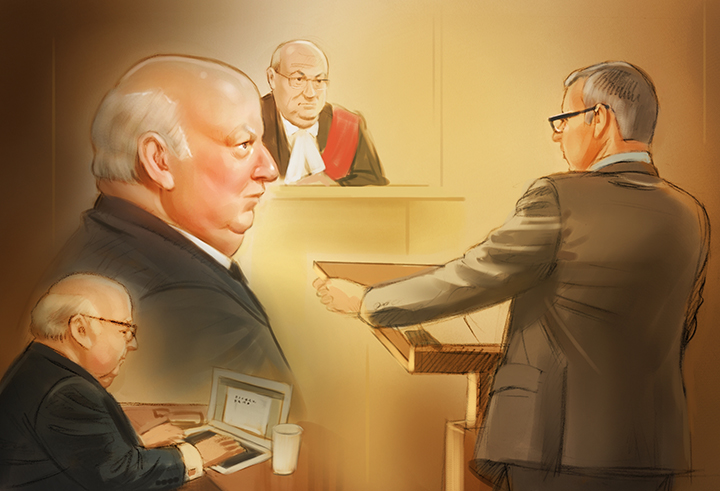


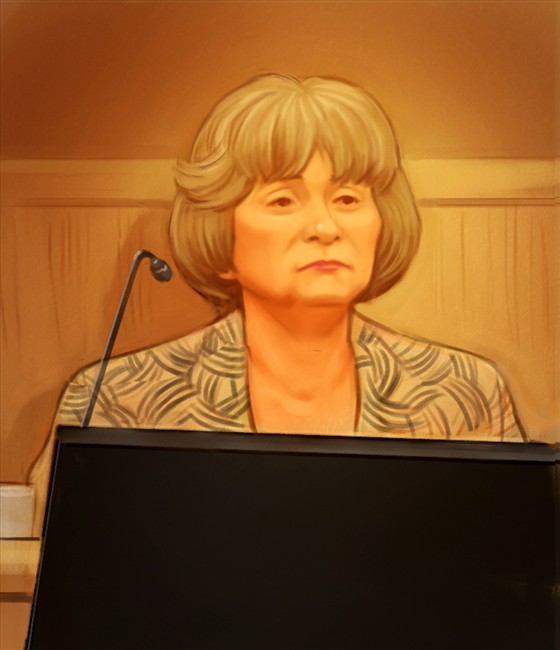



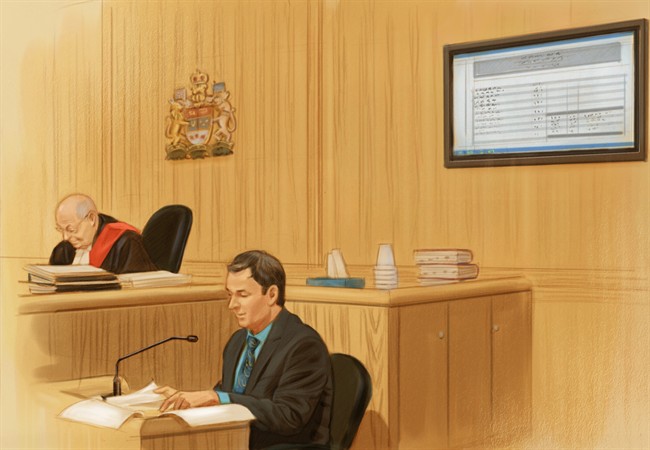

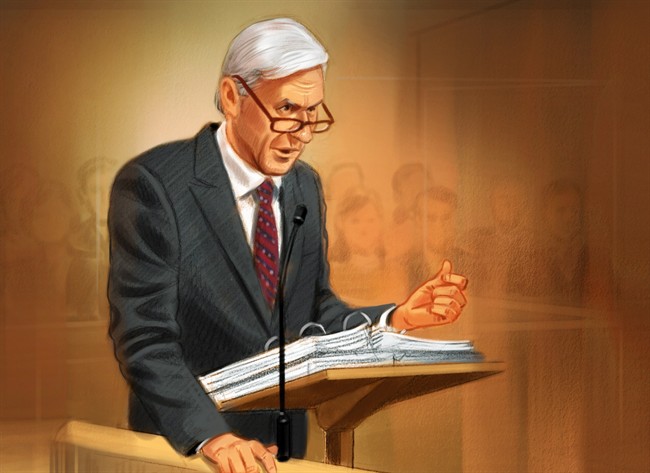

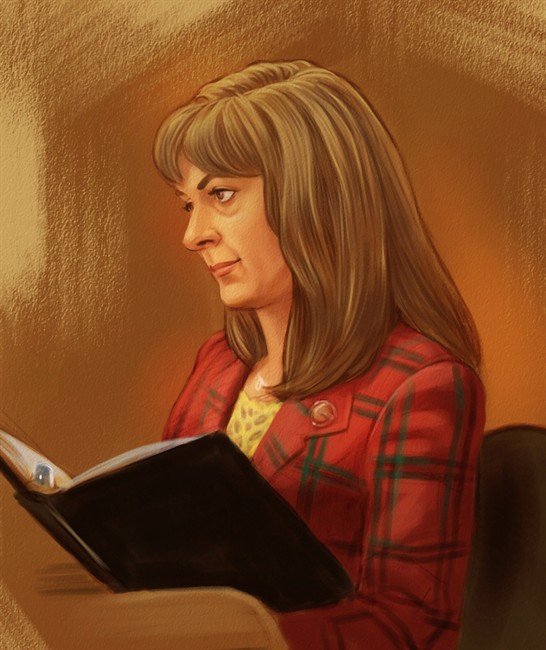

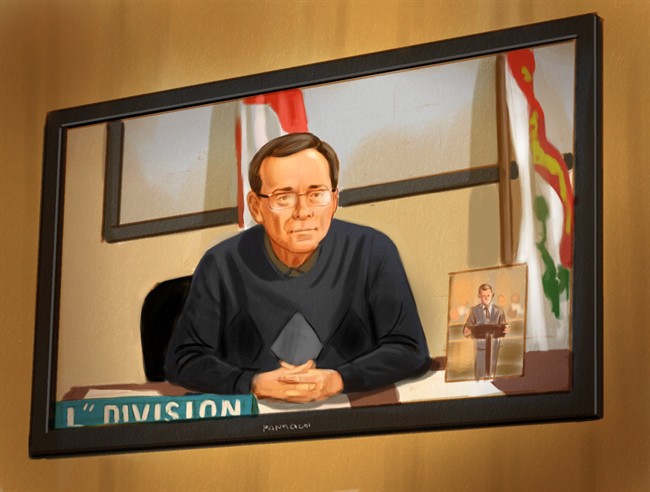

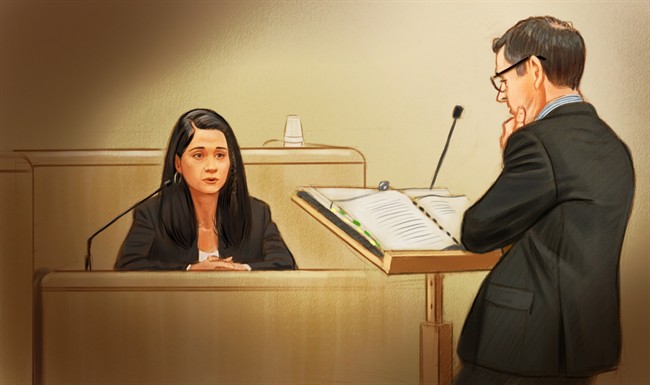







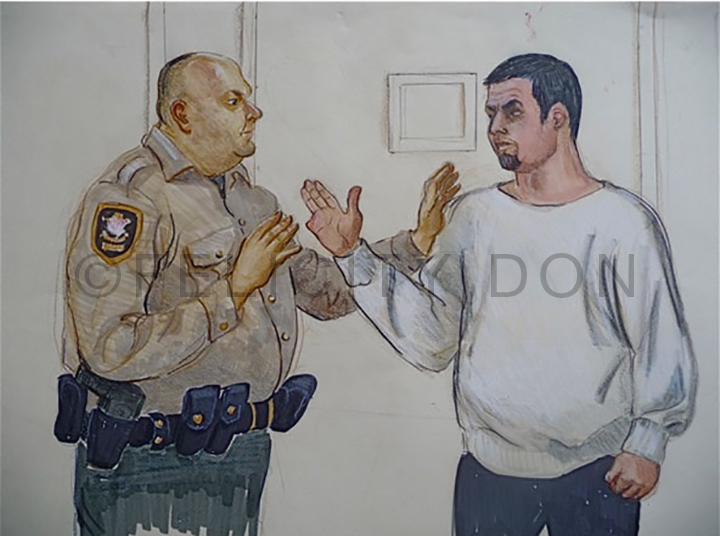





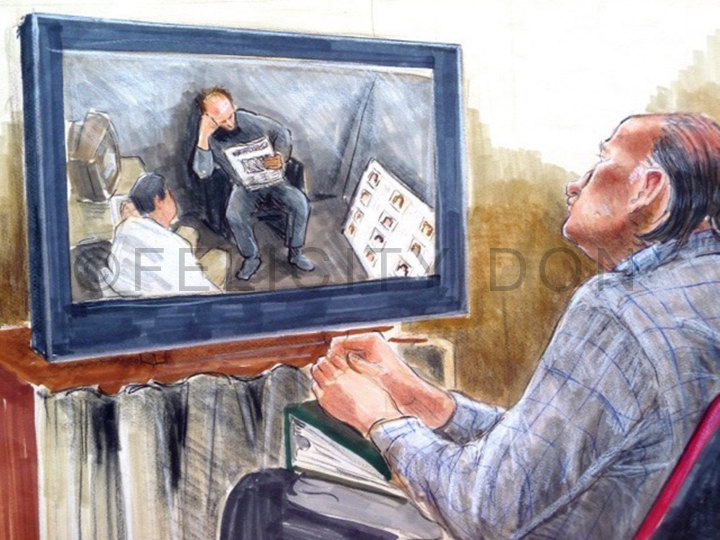

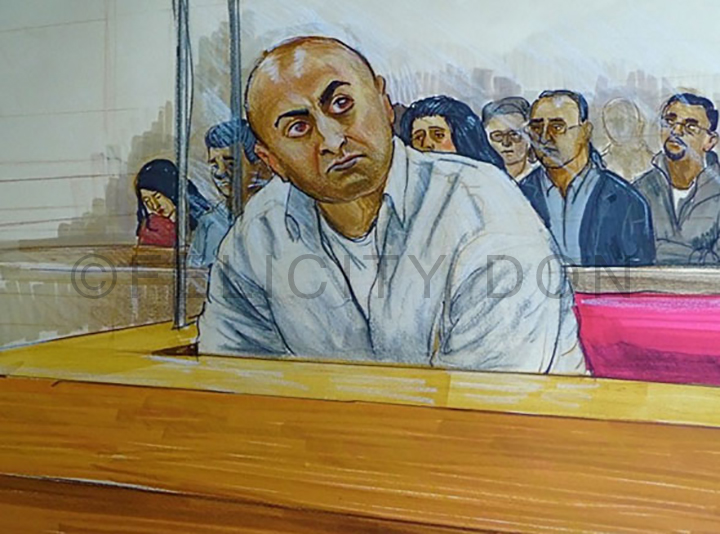





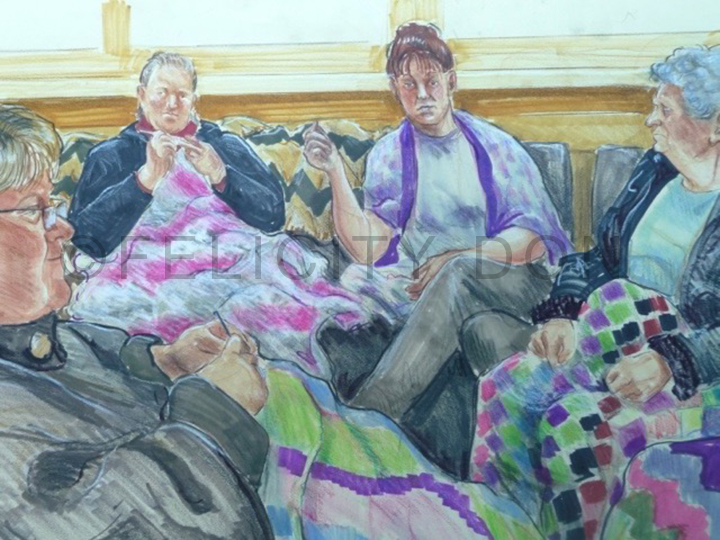



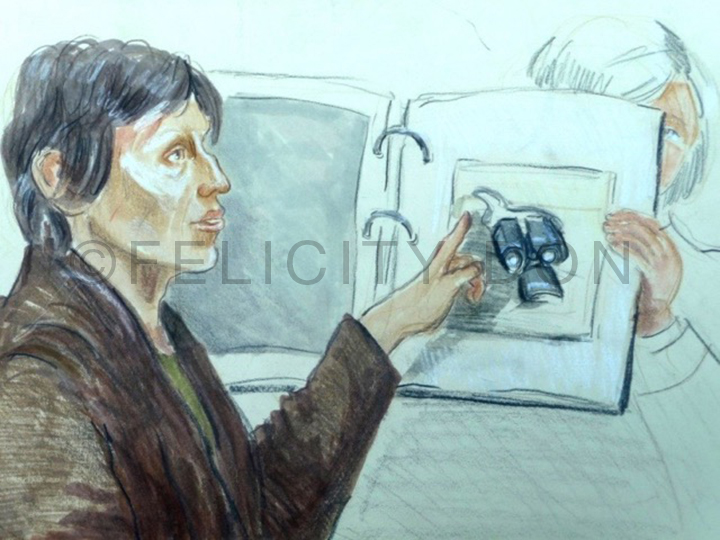

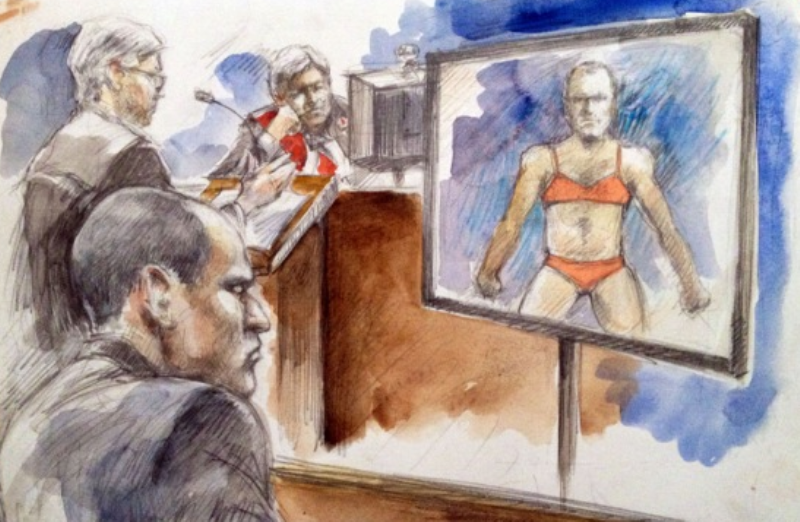

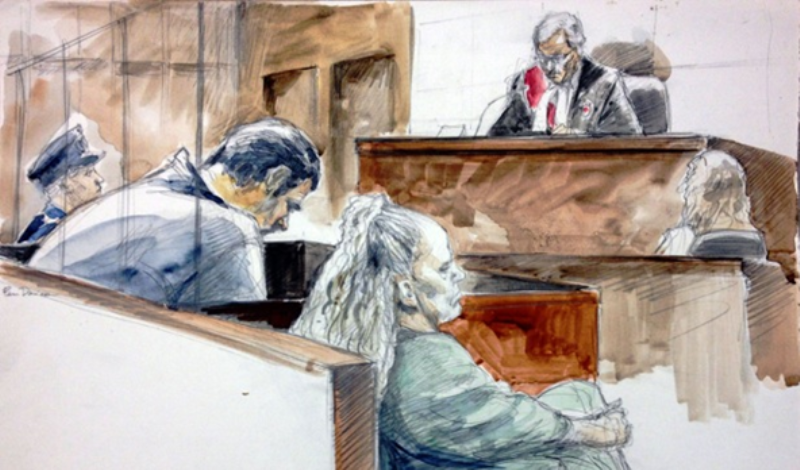

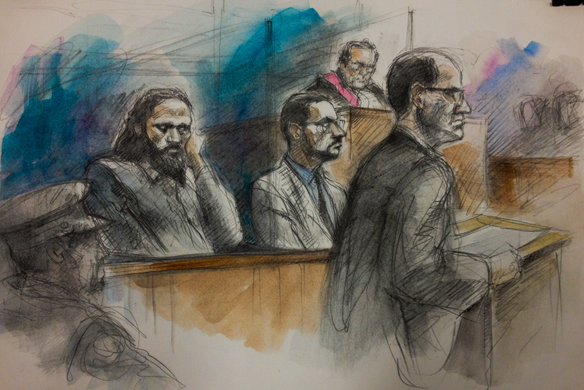

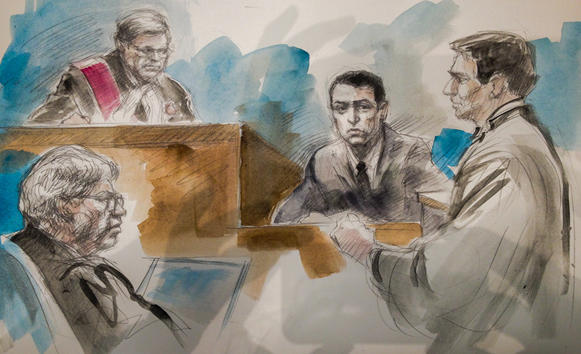

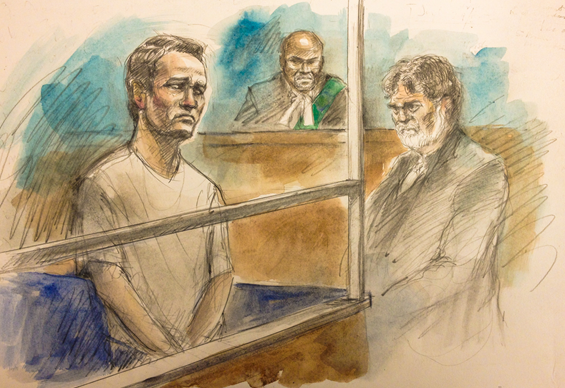








Comments